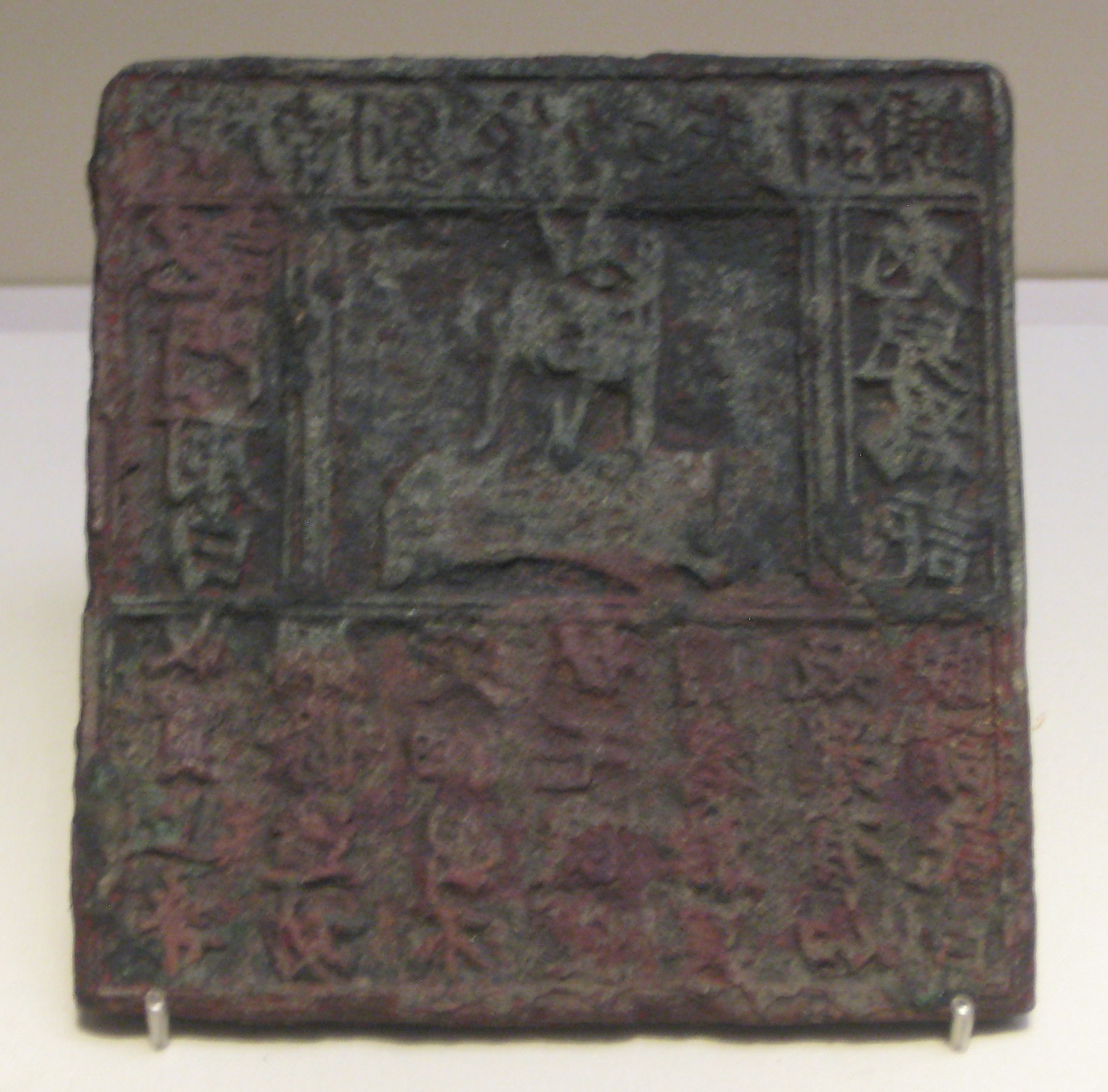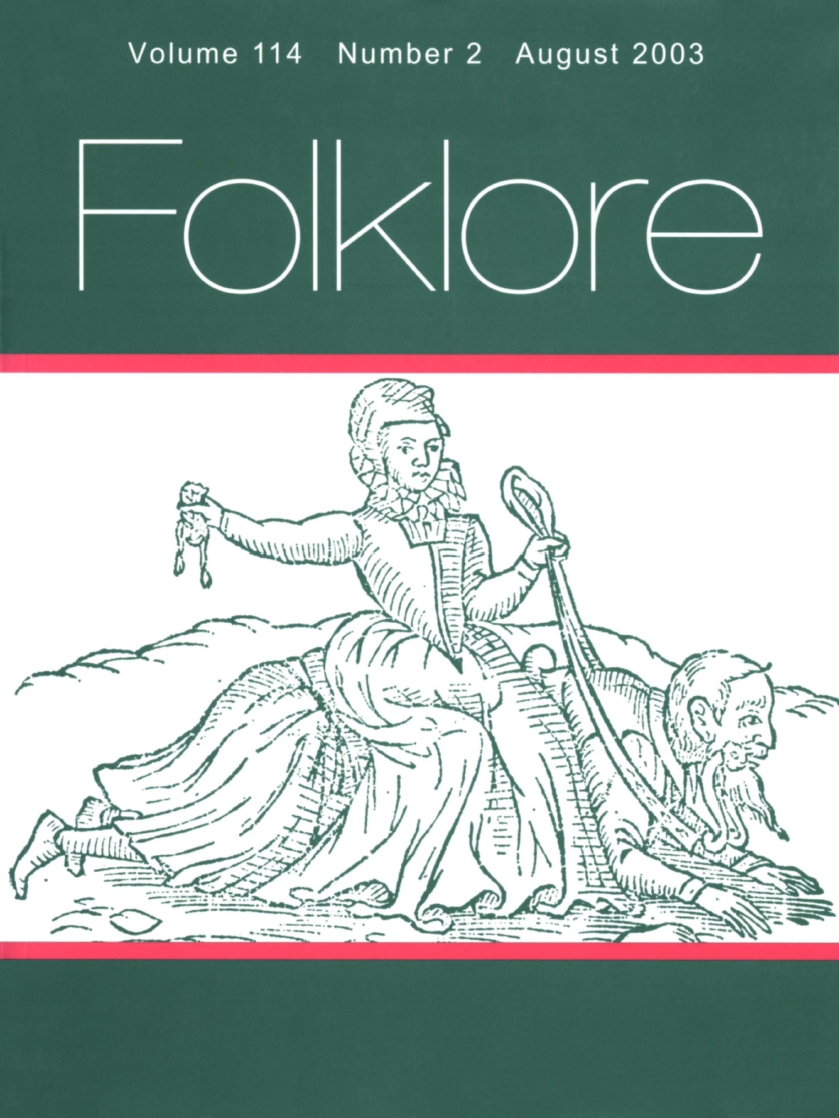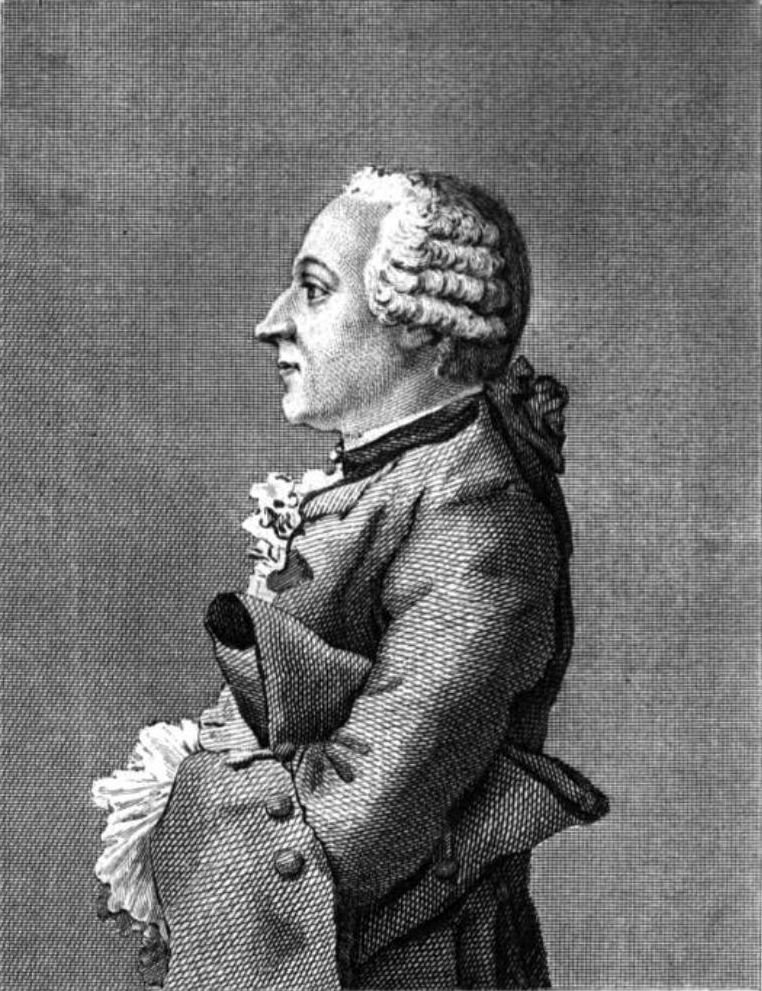|
Cephalophores
A cephalophore (from the Greek for 'head-carrier') is a saint who is generally depicted carrying their severed head. In Christian art, this was usually meant to signify that the subject in question had been martyred by beheading. Depicting the requisite halo in this circumstance offers a unique challenge for the artist: some put the halo where the head used to be, and others have the saint carrying the halo along with the head. Associated legends often tell of the saint standing and carrying their head after the beheading. The term "cephalophore" was first used in a French article by Marcel Hébert, , in , v. 19 (1914). Possible origins The ''topos'' can be traced to two sources. In a sermon on Saints Juventinus and Maximinus, John Chrysostom asserted that the severed head of a martyr was more terrifying to the devil than when it was able to speak. "He then compared soldiers showing their wounds received in the battle to martyrs holding their severed head in their hands and ... [...More Info...] [...Related Items...] OR: [Wikipedia] [Google] [Baidu] [Amazon] |
Nicasius Of Rheims
Saint Nicasius of Reims (; d. 407 or 451) was a Bishop of Reims. He founded the first Reims Cathedral and is the patron saint of smallpox victims. Vandals Sources placing his death in 407 credit him with prophesying the invasion of France by the Vandals. He notified his people of this vision, telling them to prepare. When asked if the people should fight or not, Nicasius responded, "Let us abide the mercy of God and pray for our enemies. I am ready to give myself for my people." Later, when the barbarians were at the gates of the city, he decided to attempt to slow them down so that more of his people could escape. He was killed by the Vandals either at the altar of his church or in its doorway. He was killed with Jucundus, his lector, Florentius, his deacon, and Eutropia, his virgin sister. After the killing of Nicasius and his colleagues, the Vandals are said to have been frightened away from the area, according to some sources even leaving the treasure they had already gathered. ... [...More Info...] [...Related Items...] OR: [Wikipedia] [Google] [Baidu] [Amazon] |
AD 2024 - Reliekhouder Sint-Justus - Antwerpen
Advertising is the practice and techniques employed to bring attention to a Product (business), product or Service (economics), service. Advertising aims to present a product or service in terms of utility, advantages, and qualities of interest to Consumer, consumers. It is typically used to promote a specific good or service, but there are a wide range of uses, the most common being commercial advertisement. Commercial advertisements often seek to generate increased Consumption (economics), consumption of their products or services through "Branding (promotional), branding", which associates a product name or image with certain qualities in the minds of consumers. On the other hand, ads that intend to elicit an immediate sale are known as Direct marketing, direct-response advertising. Non-commercial entities that advertise more than consumer products or services include Political party, political parties, Interest group, interest groups, Religious organization, religious o ... [...More Info...] [...Related Items...] OR: [Wikipedia] [Google] [Baidu] [Amazon] |
Paris
Paris () is the Capital city, capital and List of communes in France with over 20,000 inhabitants, largest city of France. With an estimated population of 2,048,472 residents in January 2025 in an area of more than , Paris is the List of cities in the European Union by population within city limits, fourth-most populous city in the European Union and the List of cities proper by population density, 30th most densely populated city in the world in 2022. Since the 17th century, Paris has been one of the world's major centres of finance, diplomacy, commerce, culture, Fashion capital, fashion, and gastronomy. Because of its leading role in the French art, arts and Science and technology in France, sciences and its early adoption of extensive street lighting, Paris became known as the City of Light in the 19th century. The City of Paris is the centre of the Île-de-France region, or Paris Region, with an official estimated population of 12,271,794 inhabitants in January 2023, or ... [...More Info...] [...Related Items...] OR: [Wikipedia] [Google] [Baidu] [Amazon] |
Saint Aphrodisius
Aphrodisius () is a saint associated with the diocese of Béziers, in Languedoc, Southern France. According to Gregory of Tours, Aphrodisius was an Egyptian who was martyred in Languedoc along with his followers Caralippus (Caralampus), Agapius, and Eusebius. Legend A Christian tradition states that he was a prefect or high priest of Heliopolis who sheltered the Holy Family at Hermopolis when they fled into Egypt. Aphrodisius learned of the miracles of Jesus from Alexandrian Jews returning from a pilgrimage in Jerusalem. According to Christian legend, Aphrodisius went to Palestine to meet Jesus and became one of his disciples. After the Resurrection, Aphrodisius received the Holy Spirit at Pentecost. He accompanied Sergius Paulus to Provence. They evangelized Narbonensis: Sergius settled in Narbonne. The legend continues that Aphrodisius arrived at Béziers mounted on a camel and became a hermit in a cave near the city. He lived in it a long time before becoming a bishop. Lo ... [...More Info...] [...Related Items...] OR: [Wikipedia] [Google] [Baidu] [Amazon] |
Justus Of Beauvais
Justus of Beauvais (c. 278 – c. 287) is a semi-legendary saint of the Roman Catholic Church. He may have been a Gallo-Roman martyr, but his legend was confused with that of other saints, such as Justin of Paris. History Tradition states that he was a child of nine who was denounced as a Christian while on a trip with his father to Amiens to ransom or rescue an imprisoned relative during the persecutions of Diocletian. He was executed for confessing that he was a Christian and for refusing to give away the hiding place of his father and uncle. After he was beheaded, Justus' body then picked up the severed head and continued to speak. Justus is thus one of the legendary cephalophores, the saintly "head-carriers" who miraculously continued to speak or move despite being decapitated. This legend was elaborated in subsequent centuries and stated that the headless boy managed to convert pagan onlookers. This miraculous act is said to have happened in a spot between Beauvais and Senl ... [...More Info...] [...Related Items...] OR: [Wikipedia] [Google] [Baidu] [Amazon] |
Vulgate
The Vulgate () is a late-4th-century Bible translations into Latin, Latin translation of the Bible. It is largely the work of Saint Jerome who, in 382, had been commissioned by Pope Damasus I to revise the Gospels used by the Diocese of Rome, Roman Church. Later, of his own initiative, Jerome extended this work of revision and translation to include most of the books of the Bible. The Vulgate became progressively adopted as the Bible text within the Western Church. Over succeeding centuries, it eventually eclipsed the texts. By the 13th century it had taken over from the former version the designation (the "version commonly used") or for short. The Vulgate also contains some ''Vetus Latina'' translations that Jerome did not work on. The Catholic Church affirmed the Vulgate as its official Latin Bible at the Council of Trent (1545–1563), though there was no single authoritative edition of the book at that time in any language. The Vulgate did eventually receiv ... [...More Info...] [...Related Items...] OR: [Wikipedia] [Google] [Baidu] [Amazon] |
Psalm 119
Psalm 119 is the 119th psalm of the Book of Psalms, beginning in the English of the King James Version: "Blessed are the undefiled in the way, who walk in the law of the Lord". The Book of Psalms is in the third section of the Hebrew Bible, the ''Ketuvim'', and a book of the Christian Old Testament. The psalm, which is anonymous, is referred to in Hebrew by its opening words, "Ashrei temimei derech" ("happy are those whose way is perfect"). In Latin, it is known as "Beati inmaculati in via qui ambulant in lege Domini". The psalm is a Psalms#Primary types, hymn psalm and an acrostic poem, in which each set of eight verses begins with a letter of the Hebrew alphabet. The theme of the verses is the prayer of one who delights in and lives by the Torah, the sacred law. Psalm 1, Psalms 1, Psalm 19, 19 and 119 may be referred to as "the psalms of the Law".Alexander Kirkpatrick, Kirkpatrick, A.Cambridge Bible for Schools and Collegeson Psalm 119, accessed 29 May 2022 In the slightly dif ... [...More Info...] [...Related Items...] OR: [Wikipedia] [Google] [Baidu] [Amazon] |
Furta Sacra
(Latin, "holy thefts") refers to the medieval Christian practice of stealing saints' relics and moving them to a new shrine. Trade in and thefts of relics led to the creation of a new genre of hagiography that aimed to legitimize the actions that brought relics to their new homes; in these writings, the translation of the relics is often portrayed as morally necessary, or even requested directly by God. Sometimes, hagiographers would try to downplay the theft, but in general it was believed that a relic could not be stolen without the permission of the saint; a successful theft thus indicated saintly approval of the action. Saints Marcellinus and Peter are a famous example. Saint Faith is another. A monk from Conques brought her relics to the Abbey Church of Sainte-Foy The Abbey Church of Sainte-Foy in Conques, France, was a popular stop for pilgrims traveling the Way of St. James to Santiago de Compostela, in what is now Spain. The main draw for medieval pilgrims at Conques ... [...More Info...] [...Related Items...] OR: [Wikipedia] [Google] [Baidu] [Amazon] |
Folkloristics
Folklore studies (also known as folkloristics, tradition studies or folk life studies in the UK) is the academic discipline devoted to the study of folklore. This term, along with its synonyms, gained currency in the 1950s to distinguish the academic study of traditional culture from the Cultural artifact, folklore artifacts themselves. It became established as a field across both Europe and North America, coordinating with (German language, German), (Norwegian language, Norwegian), and (Swedish language, Swedish), among others. Overview A 1982 UNESCO document titled "Recommendation on the Safeguarding of Traditional Culture and Folklore" declared a global need to establish provisions protecting folklore from varying dangers identified in the document. UNESCO further published the Convention for the Safeguarding of the Intangible Cultural Heritage in 2003. The American Folklife Preservation Act (P.L. 94-201) passed in 1976 by the United States Congress in conjunction with ... [...More Info...] [...Related Items...] OR: [Wikipedia] [Google] [Baidu] [Amazon] |
Friedrich Melchior, Baron Von Grimm
Friedrich Melchior, Baron von Grimm (26 September 172319 December 1807) was a German-born French-language journalist, art critic, diplomat and contributor to the ''Encyclopédie ou Dictionnaire raisonné des sciences, des arts et des métiers''. In 1765 Grimm wrote ''Poème lyrique'', an influential article for the Encyclopédie on lyric and opera librettos. Like Christoph Willibald Gluck and Ranieri de' Calzabigi, Grimm became interested in opera reform. According to , a German literary theorist, "sooner or later a book entitled ''The Aesthetic Ideas of Grimm'' will have to be written." Early years Grimm was born at Regensburg, the son of Johann Melchior Grimm (1682–1749), a pastor, and Sibylle Margarete Grimm, (''née'' Koch) (1684–1774). He studied at the University of Leipzig, where he came under the influence of Johann Christoph Gottsched and of Johann August Ernesti, to whom he was largely indebted for his critical appreciation of classical literature. When ninete ... [...More Info...] [...Related Items...] OR: [Wikipedia] [Google] [Baidu] [Amazon] |
Marie Anne De Vichy-Chamrond, Marquise Du Deffand
Marie Anne de Vichy-Chamrond, marquise du Deffand (25 September 1696 – 23 September 1780) was a French hostess and patron of the arts. Life Madame du Deffand was born at the Château de Chamrond, in Ligny-en-Brionnais, a village near Charolles (''département'' of Saône-et-Loire) of a noble family. Educated at a Benedictine convent in Paris, she showed great intelligence and a skeptical, cynical turn of mind. The abbess of the convent, alarmed at the freedom of her views, arranged for Jean Baptiste Massillon to visit and reason with her, but he accomplished nothing. At twenty-one years of age and without consulting her, her parents married her to her kinsman, Jean Baptiste de la Lande, marquis du Deffand. The marriage was an unhappy one and the couple separated in 1722. Madame du Deffand is said by Horace Walpole (in a letter to Thomas Gray) to have been for a short time the mistress of the regent, the duke of Orléans. She appeared in her earlier days to be incapable of an ... [...More Info...] [...Related Items...] OR: [Wikipedia] [Google] [Baidu] [Amazon] |
Age Of Enlightenment
The Age of Enlightenment (also the Age of Reason and the Enlightenment) was a Europe, European Intellect, intellectual and Philosophy, philosophical movement active from the late 17th to early 19th century. Chiefly valuing knowledge gained through rationalism and empiricism, the Enlightenment was concerned with a wide range of social and Politics, political ideals such as natural law, liberty, and progress, toleration and fraternity (philosophy), fraternity, constitutional government, and the formal separation of church and state. The Enlightenment was preceded by and overlapped the Scientific Revolution, which included the work of Johannes Kepler, Galileo Galilei, Francis Bacon, Pierre Gassendi, Christiaan Huygens and Isaac Newton, among others, as well as the philosophy of Descartes, Hobbes, Spinoza, Leibniz, and John Locke. The dating of the period of the beginning of the Enlightenment can be attributed to the publication of René Descartes' ''Discourse on the Method'' in 1 ... [...More Info...] [...Related Items...] OR: [Wikipedia] [Google] [Baidu] [Amazon] |







